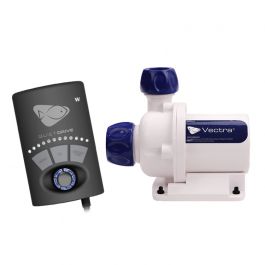- Joined
- Jan 3, 2018
- Messages
- 827
- Reaction score
- 695
I am curious how you know you are getting 4755 gph? That is a massive flow rate which would probably require multiple 1.5 or 2" lines to achieve. Certainly cannot bucket test it since it would fill a 5 gallon bucket in about 4 seconds . Either the measured flow is not accurate or the manufacturers data is not accurate.I have a Jebao DCP 18000 rated for 4,755 GPH and I get 4,755 GPH of flow. So, all you hydro wizards.. how am I using this pump to get the rating for zero head pressure?.....





















